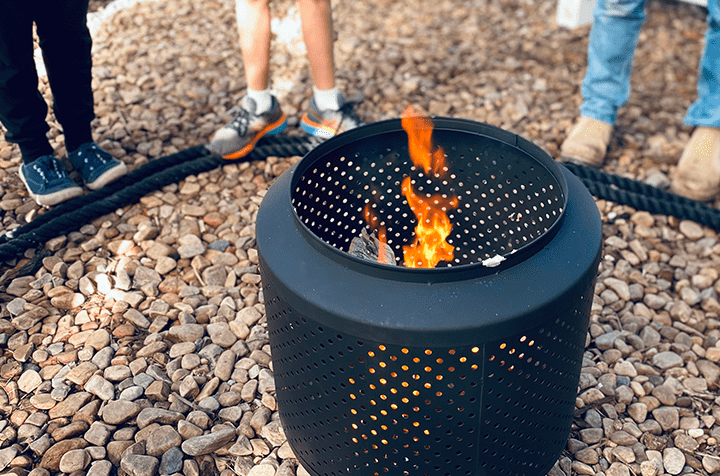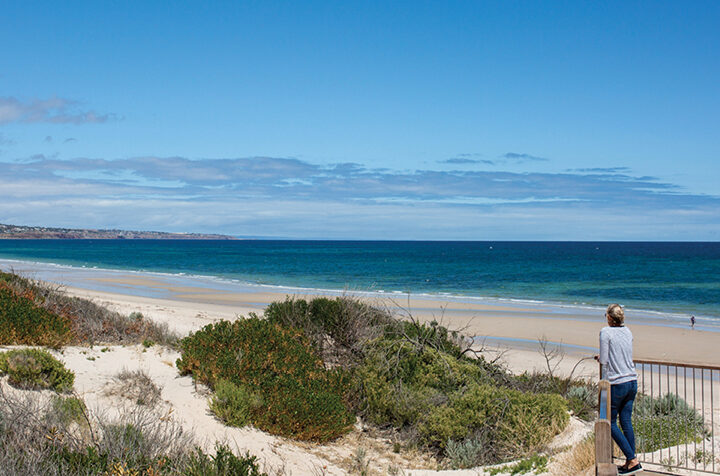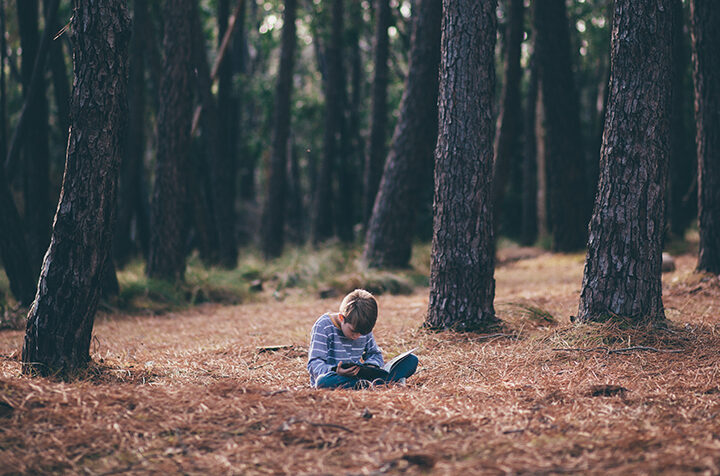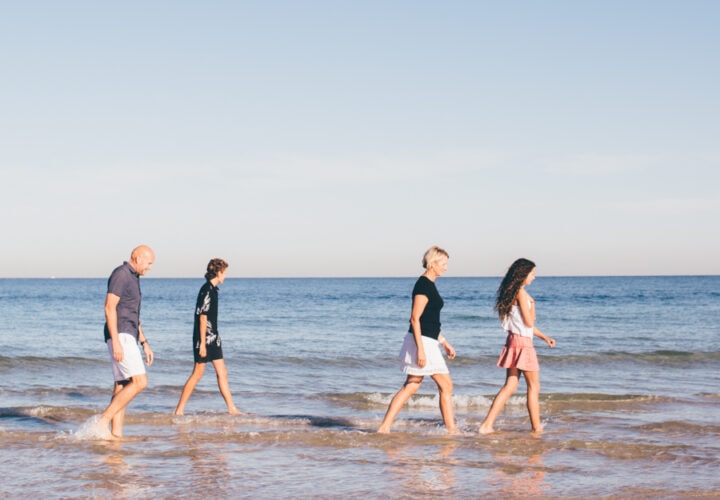Play and the brain: how neuroscience can be used in the fight for more play in education
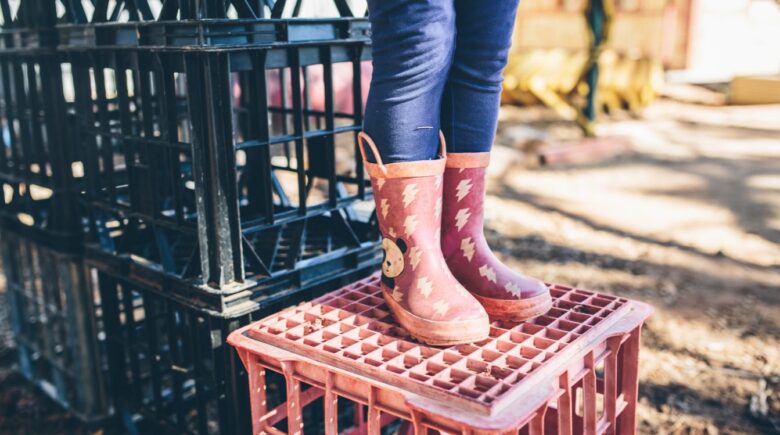
Play is the language of the child; it is how they make sense of and learn about their world. As Play researcher Dr Stuart Brown says, “We are built to play, and built through play” (1). As a qualified Play Therapist, Early Childhood Teacher and Nature Play Educator, I’m a passionate advocate for play and its applications for use in the classroom and beyond. Play is fun, motivating, and intrinsic to the lives of children. And it is through the experiences of play that brains best develop. But sadly, once children leave early childhood settings, play often takes a backseat.
It has become increasingly challenging for primary and secondary educators to find the time, support and understanding to include play-based learning in their classrooms. This is despite widespread teacher interest and support for it. Educators continue to face queries, doubts, and hesitation about a play-based approach despite developmental theorists and educators such as Piaget, Vygotsky, and Dewey all making the link between play and learning.
How Does Play Build Brains?
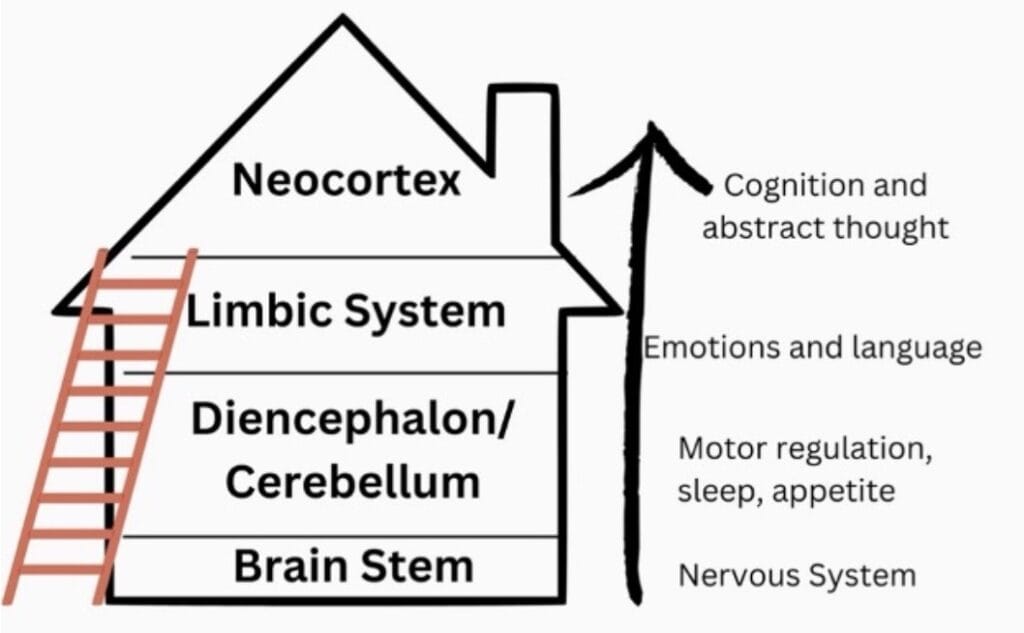
The brain develops sequentially, from the bottom to the top. Bruce Perry calls this the Neurosequential Model of the Brain, working through four areas, starting with the brain stem, the cerebellum, the limbic system, and the neocortex (2). We can think of the brain as a house (3). On each level of the house, there are rooms that represent different parts of the brain. Downstairs, parts of the brain hold our primitive and instinctual responses, while upstairs holds our higher thinking, such as problem-solving, imagination, moral development, and reflection.
Through my observations and discussions with colleagues in education and mental health, once children leave early childhood settings, play often falls by the wayside and learning is focused on the higher thinking parts of the brain. Forgoing play that concentrates on earlier brain stages is problematic because children work through brain development at their own pace. Though construction starts with the simpler parts of the brain, like a house, each level is integral to the brain’s overall structure (4). Therefore, no level is more important than the other.
Children are born with premature brains, and to make the right connections, they need the guidance and experience of caring adults, including teachers. Adults can support children by acting as the connector between parts of their developing brains (3). Like a ladder or staircase in the house, teachers and educators can support children to move into parts of the brain they are still developing. For example, younger children may need support with controlling impulses. Children a little older may need help making friends and relating to others. Other children might need support with reasoning and feeling understood (5). And some children may need extra time to revisit foundational levels of the brain, regardless of age.
It is futile to expect a child to perform tasks that require using the upper parts of the brain if they are working on developing the foundations. Attempting to do so can result in frustrating experiences for both the child and the teacher. I know this well. In my second year of teaching, I worked with a class of children. Many were experiencing emotional and physical regulation difficulties. My naïve attempts at talking and reasoning were not working; they hadn’t reached that part of their brain. So, I worked on building relationships and easing tension by engaging the class in play. I used silly songs and funny stories. I put together a book of jokes by the children. Unknowingly at the time, I was meeting the children at their level of brain development, resulting in calmer, less frustrated, and more connected children.
Brains grow with our experiences, and the best experiences are ignited in play. Teachers can support brain growth by observing and noticing the types of play their children are engaging in and working out what play may be helpful for development. For this to happen, we must advocate for more time to play in schools (and beyond).

Amy Saunders is an experienced teacher and play therapist, working to provide children and families with opportunities for learning, health and growth through play. She holds a Master of Child Play Therapy and a Bachelor of Education (Honours) (Early Childhood Education and Teaching). She has over 15 years experience working with children and their families in education, care and mental health settings. We’re thrilled to have her on our team as a Nature Play facilitator working in schools and kindergartens, with councils and state government, and supporting teachers and educators through professional development (PD).
- Brown S, Vaughan C. Play: how it shapes the brain, opens the imagination, and invigorates the soul. Avery/Penguin Group USA; 2009.
- Perry B. Seven Slide Series Video: The Human Brain. The Child Trauma Academy; 2013 [cited 27 March 2021]. Available from: https://www.youtube.com/watch?v=uOsgDkeH52o
- Siegel D, Bryson T. The Whole-Brain Child: 12 Revolutionary Strategies to Nurture Your Child’s Developing Mind. Brunswick, Victoria: Scribe Publications; 2012.
- Ray DC, editor. A Therapist’s Guide to Child Development: The Extraordinarily Normal Years. London: Taylor & Francis Group; 2015.
- Gaskill R. Neuroscience Helps Play Therapists Go Low So Children Can Aim High. Play Therapy [Internet] 2019 September. 8-10. Available from https://cdn.ymaws.com/www.a4pt.org/resource/resmgr/magazine_articles/2019-20/Gaskill.pdf


